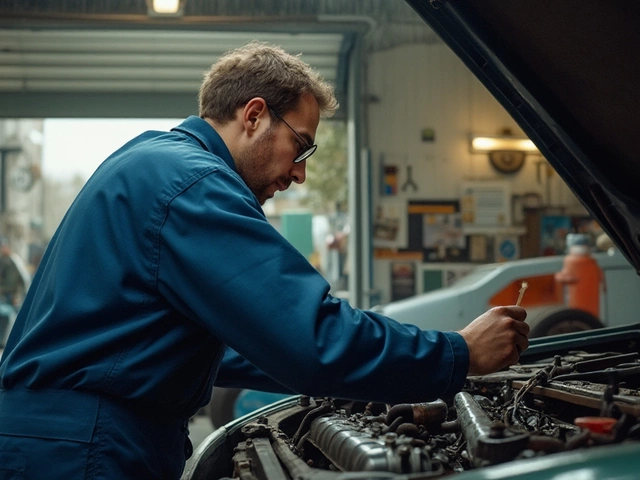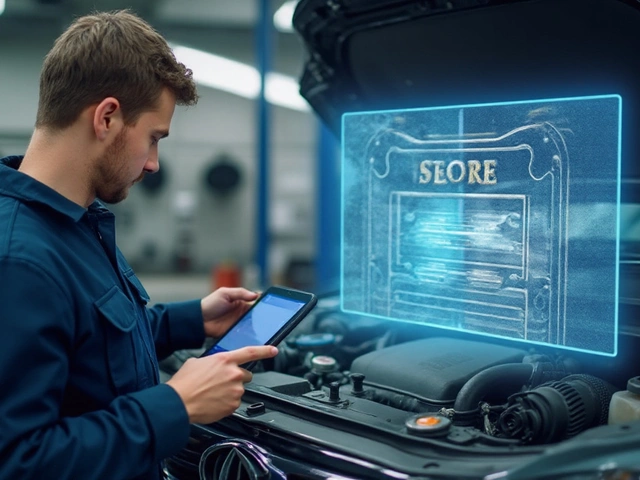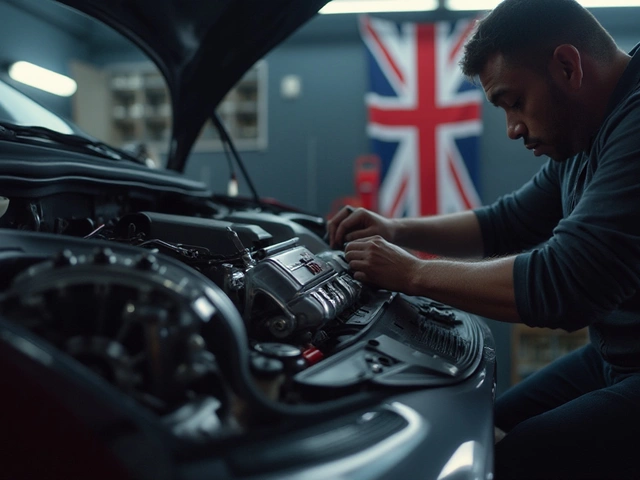DIY Car Repair Tips for Everyday Drivers
Feeling like you’re paying too much at the garage? You don’t need a mechanic for many common car issues. With a few tools and the right know‑how, you can keep your car running smooth and save cash. Below are the most useful DIY repairs you can try at home.
Basic Maintenance That Makes a Big Difference
Start with the easy stuff. Changing the air filter is a quick job that improves engine breathing and fuel economy. Grab the filter housing, pop it open, replace the old filter with a new one and seal it back. If you’re debating premium vs standard filters, the premium ones help a bit more, but the cheaper options work fine for daily driving.
Next, check your spark plugs. Worn plugs cause rough idling, loss of power and higher fuel use. Pull the plug wire, remove the plug with a socket, inspect the tip. If it looks fouled or the gap is off, swap it for a new one. You’ll notice smoother acceleration right away.
Safety‑Focused Repairs You Can Do Yourself
Brake pads are a great DIY project. Most cars let you remove the wheel, undo the caliper bolts and slide the old pads out. Measure the pad thickness – if it’s under 3mm, it’s time for a replacement. Put the new pads in, re‑tighten the caliper and bolt the wheel back on. Remember to pump the brake pedal a few times before you drive to seat the pads.
If your clutch is slipping or makes a burning smell, you can test it before calling a shop. Press the clutch pedal and shift into first gear; if the engine revs but the car doesn’t move, the clutch may need adjustment or replacement. Replacing a clutch yourself is tougher, but spotting the issue early saves money.
Suspension problems are another area where DIY checks help. Look for uneven tire wear, a sagging car or a knocking sound when you drive over bumps. To test a shock absorber, push down on the front of the car and release – the bounce should stop quickly. Bad shocks can be swapped with a jack, a wrench and a few hours of work.
Even simple things like winding wipers correctly or checking if a rear windscreen wiper is legal in the UK can prevent MOT failures. If you’re unsure about the legal side, a quick glance at the UK regulations shows that removing the rear wiper can cause an MOT fail, so keep it in place.
When you’re ready to tackle a battery, start by turning off the car, disconnect the negative terminal first, then the positive. Lift the old battery out, clean the tray, place the new one, and reconnect the cables – positive first, then negative. Always wear gloves and safety glasses.
These DIY steps cover the most common problems you’ll see on the road. They let you stay safe, keep your car happy and avoid unnecessary garage visits. If you run into something you’re not comfortable with, it’s okay to call the pros at Northwich Tyres Centre – they’ve got the tools and expertise to finish the job quickly.
Remember, the key to successful DIY repair is preparation: read the vehicle’s manual, gather the right tools, and work in a well‑ventilated area. With a little practice, you’ll gain confidence and your car will thank you with smoother rides and lower bills.
 23 January 2025
23 January 2025
How Difficult is it to Replace a Car Radiator? A DIY Guide
Replacing a car radiator might seem like a daunting task, but it can be manageable with the right knowledge and tools. This article explores the complexity of radiator replacement, providing helpful tips to determine whether it's a job for you or a professional. Learn the signs of a failing radiator and understand the basic steps involved, ensuring your vehicle keeps its cool.






0